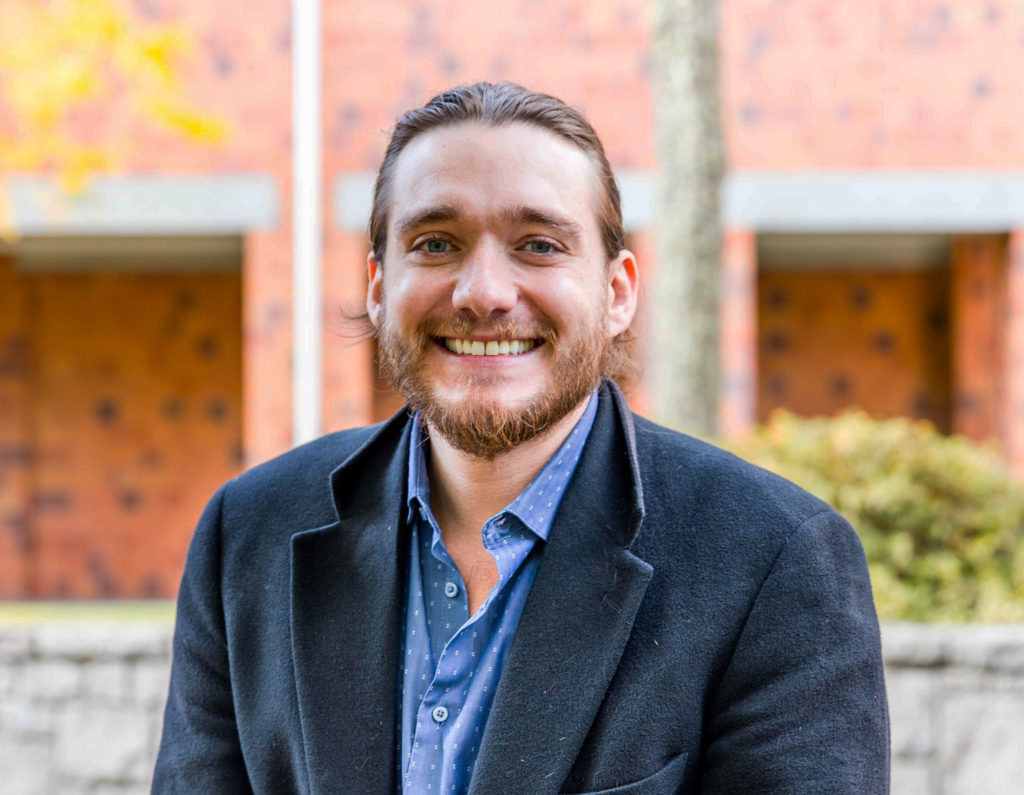Jordan Blacktop, a WSU Vancouver post-doctoral fellow received a $105,000 research grant to study reward behaviors with addictive behaviors. Blacktop discovered that certain brain structures link reward behaviors to addictive behaviors, uncovering a new area of the brain thought responsible.
Blacktop’s research began in the WSU Vancouver research labs almost five years ago.
“I had to do my postdoctoral research and could go with San Diego or Washington State [University Vancouver] with Barb [Dr. Sorg]. She came highly recommended so I went to [work] in her lab,” Blacktop said.
Barbara Sorg is the head of the Neuroscience program at WSU Vancouver and focuses her research on perineuronal nets (PNNs). Perineuronal nets are structures that can strengthen long-term patterns in the brain. While working in Sorg’s lab, Blacktop encountered an area of the brain where in-depth functions were previously undiscovered. Blacktop has since identified the area as the Anterior Dorsal Lateral Hypothalamic Area (LHAad).
This led him to apply and recently receive a grant from the National Institution of Health: Pathway to Independence for approximately $105,000 to continue his research.
Discussing his research, Blacktop said how “This area has only ever been identified anatomically. This was the first research to identify it by the presence of [perineuronal nets].”
This identification led Blacktop to research more into why the PNNs were activated in this region of the brain.
“We ended up finding that this area has a high concentration of perineuronal net… these are connected to drug-related memories and reward behaviors,” Blacktop said.
The finding led Blacktop to start pursuing neuroplasticity (the brain’s ability to change and associate functions within it’s different locations) and addiction-reward behaviors in the LHAad as his postdoctoral research. In the time since his finding, Blacktop has published various journal articles about his findings.
“What we are doing is trying to get a better understanding of these high-density perineuronal net areas and their relation to drug-inducing addiction neuroplasticity,” Blacktop explained. Simply put, the research would explain the changes in brain function pathways due to drug addiction. Blacktop added, “and we are doing that by isolating this subregion and measuring the behavioral changes.”
Blacktop said the hardest part of applying for the grant was “Finding the right people. I have multiple mentors… Dr. Barbara Sorg here at WSU [Vancouver], John Williams and Susan Ingram [at OHSU].”
With hopes that his research will contribute to broader studies in the scientific community Blacktop’s two year plan includes developing his research further to discover advanced knowledge of the effects of addiction in the brain’s function.
